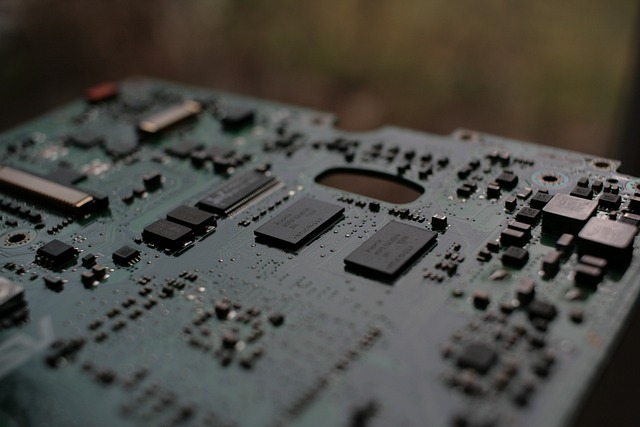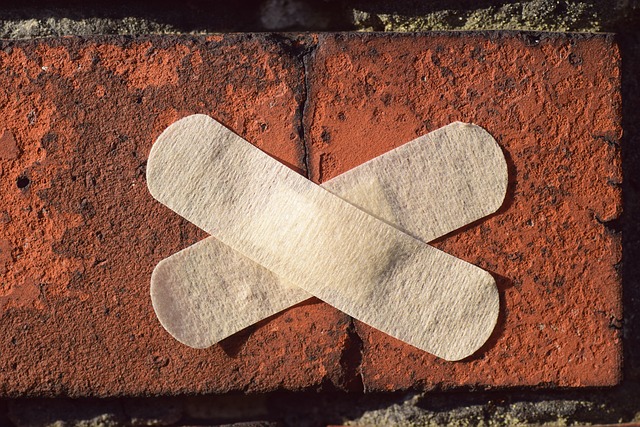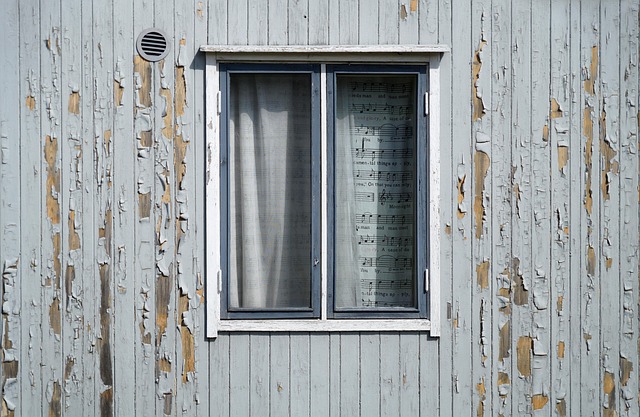Stem wall damage, often overlooked, weakens homes' structural integrity and energy efficiency. Caused by factors like poor construction, weather, or moisture, it manifests as cracks, bulging, or leaning walls. Early identification through visible gaps, misalignments, high humidity, or musty odours is crucial for effective repair. Prompt repair enhances stability, saves on energy costs, and creates a comfortable living environment. Using modern materials and techniques, stem wall repair ensures long-term durability and structural soundness, especially in regions with extreme weather conditions. Homeowners should plan meticulously, use proper tools and materials, and consider regular maintenance to prevent costly future repairs. Professional stem wall repair protects homes from severe structural issues and increases property value.
Home pier solutions, particularly stem wall repair, are essential for maintaining the structural integrity and longevity of your home. This comprehensive guide explores the intricate world of stem walls, delving into their critical role in home stability. We dissect common causes of stem wall damage, compare traditional to modern repair techniques, outline necessary materials and tools, provide a step-by-step repair guide, share preventative measures, highlight potential mistakes to avoid, and present inspiring case studies—all centered around the vital topic of stem wall repair.
Understanding Stem Wall Damage: Common Causes and Effects

Stem wall damage, often overlooked but critical to address, can compromise the structural integrity and energy efficiency of a home. Common causes range from poor initial construction to environmental factors such as extreme weather, foundation shifts, or moisture intrusion. These issues manifest in various ways, from cracks in the stem wall to bulging or leaning surfaces, indicating potential underlying problems with the building’s foundation.
Prompt identification is key for effective Stem Wall Repair. Early signs of damage may include visible gaps or misalignments in the wall, along with elevated humidity levels or musty odours indoors—all red flags that warrant professional inspection. By tackling stem wall issues head-on, homeowners not only enhance their home’s structural stability but also contribute to long-term energy savings and a more comfortable living environment.
The Role of Stem Walls in Home Structure and Stability

Stem walls play a critical role in the structural integrity and stability of homes, particularly in areas prone to seismic activity or high wind loads. These vertical walls, typically made of concrete or masonry, act as the primary load-bearing elements, transferring the weight of the roof and upper floors down to the foundation. In the event of an earthquake or strong winds, stem wall repair becomes essential to ensure the home’s structural integrity is maintained.
Regular inspection and timely repair of stem walls are crucial for preventing significant damage to a house. Over time, these walls can suffer from cracks, erosion, or weak connections, which can compromise their ability to withstand external forces. Promptly addressing any issues through stem wall repair not only strengthens the home’s overall structure but also provides peace of mind for homeowners, especially those living in regions with extreme weather conditions.
Traditional Methods vs Modern Techniques for Repair

In the realm of home pier solutions, the evolution from traditional methods to modern techniques has brought about significant advancements in stem wall repair. Historically, repairs involved labor-intensive processes and materials that may not have always stood the test of time. However, with technological strides and a deeper understanding of structural integrity, modern approaches offer enhanced durability, efficiency, and cost-effectiveness.
Modern techniques for stem wall repair leverage innovative materials and specialized equipment. One notable example is the use of advanced adhesives and structural composites, which allow for stronger bonds and more flexible designs. Additionally, precision engineering ensures that repairs are not merely superficial but address the root causes of structural issues. This contrasts with traditional methods, where repairs might have focused solely on visible symptoms without addressing underlying problems. As a result, contemporary practices provide longer-lasting solutions, ensuring homes remain structurally sound for years to come.
Materials and Tools Required for Effective Stem Wall Repair

Repairing a stem wall requires specific materials and tools tailored for structural integrity and durability. Essential items include high-quality concrete, rebar (reinforcing steel), mesh reinforcement, and a suitable cement mix designed for exterior applications. Tools such as a hammer, chisel, level, tape measure, and safety equipment like gloves and goggles are indispensable for accurate measurements and safe handling during the repair process.
For effective stem wall repair, consider using water-resistant and weatherproof materials to prevent future damage from moisture intrusion. Mesh reinforcement ensures proper bonding between concrete and rebar, enhancing overall strength. Proper preparation of the existing wall surface is crucial; ensuring it’s clean, dry, and free from any debris or loose material before applying new concrete for a strong bond.
Step-by-Step Guide to Conducting a Successful Repair Project

Before tackling a home pier repair project, especially stem wall repair, it’s crucial to plan and execute each step meticulously. Start by inspecting the damaged area thoroughly, identifying the extent of the issue. This involves assessing cracks or leaks in the stem wall, which is a critical structural component. Once the problem is evident, gather all necessary tools and materials, including a mix of concrete, rebar, and waterproof membranes.
Next, prepare the area by cleaning and debriding any loose debris or old material from the crack. Ensure proper drainage to prevent water accumulation. Then, install new rebar for reinforcement, ensuring it’s securely anchored in place. Apply a layer of waterproof membrane over the repair area, followed by fresh concrete, smoothing it out and allowing it to cure as per manufacturer recommendations. Regular maintenance checks post-repair are essential to ensure longevity and prevent future issues, especially with stem wall repair.
Preventative Measures: Strengthening Your Home's Foundation

Strengthening your home’s foundation is a crucial preventative measure that can save you from costly repairs in the future. One key aspect to focus on is stem wall repair. Stem walls, which support the structure and bear the load of the overhead floor system, are often overlooked but play a vital role in maintaining the stability of your home. Over time, these walls can settle or shift due to various factors like soil conditions, moisture intrusion, and aging.
Regular inspection and timely repairs can prevent major structural damage. Addressing stem wall issues early on, such as cracks, bulges, or uneven surfaces, ensures the longevity of your home’s foundation. Simple repairs like re-sealing, reinforcing with steel brackets, or even replacing damaged sections can significantly strengthen the overall structure. By taking proactive steps, homeowners can protect their investment and create a solid base for their living space.
Common Mistakes to Avoid During the Repair Process

When it comes to home pier solutions, especially stem wall repair, many homeowners make costly mistakes that could have been easily avoided. One of the most common errors is attempting DIY repairs without proper knowledge and expertise. Piering systems are complex structural components, and incorrect installation or misalignment can lead to long-term stability issues and even further damage. It’s crucial to hire licensed professionals who understand the intricacies of stem wall repair, ensuring the job is done right from the start.
Another mistake to steer clear of is neglecting regular maintenance. Pier foundations require periodic inspection and upkeep to address any signs of wear or shift. Ignoring these needs can result in severe structural problems down the line. Homeowners should be aware of potential issues like settlement cracks, uneven floors, or noticeable gaps around pier caps. Regular check-ups and timely repairs are key to preventing more extensive (and expensive) stem wall repair work in the future.
Case Studies: Real-World Success Stories of Stem Wall Repair

In the realm of home pier solutions, stem wall repair stands as a cornerstone of structural stability and longevity. Case studies from across diverse climates and architectural styles paint a vivid picture of real-world success stories. For instance, in coastal regions where relentless wind and storm surges pose constant threats, homeowners have relied on meticulous stem wall repairs to fortify their properties against erosion. By addressing cracks, gaps, and other vulnerabilities, these interventions have not only enhanced the structural integrity but also preserved the aesthetic appeal of residences.
Similarly, urban properties grappling with settlement issues have benefited immensely from targeted stem wall repair strategies. Through advanced techniques and materials, professionals have successfully stabilized buildings, preventing further damage and ensuring safety for occupants. These success stories underscore the significance of professional intervention when it comes to stem wall repair, demonstrating tangible improvements in property value, comfort, and peace of mind for homeowners.
